Many an enthusiast can attest to how easy it is to fall into the car modifications rabbit hole. But the world of classic restomods is arguably even more tempting given how receptive many vintage cars are to upgrades. And to be fair, the lunacy of something like a classic Charger with a Hellcat V8 is intriguing. However, there’s also beauty—and usability—in a more restrained build like a 427-powered 1968 Mustang Fastback.
The 1968 Mustang brought some extra safety and performance to the pony car
| 1968 Ford Mustang | |
| Engines | 3.3-liter (200cid) inline-six with one-barrel carburetor (T-Code) 4.7-liter (289cid) V8 with two-barrel carburetor (C-Code) 4.9-liter (302cid) V8 with two- or four-barrel carburetor (GT/F- and J-Code) 6.4-liter (390cid) V8 with two- or four-barrel carburetor (GT390/X- and S-Code) 7.0-liter (428cid) V8 with four-barrel carburetor (R-Code) Shelby GT350: 4.9-liter (302cid) V8 with four-barrel carburetor Shelby GT500: 7.0-liter (428cid) V8 with two four-barrel carburetors Shelby GT500KR: 7.0-liter (428cid) V8 with four-barrel carburetor |
| Horsepower (SAE gross) | T: 115 hp C: 195 hp F: 210 hp J: 230 hp X: 270 hp S: 325 hp R: 335 hp GT350: 250 hp GT500: 355 hp GT500KR: 335 hp (claimed) |
| Torque (SAE gross) | T: 190 lb-ft C: 288 lb-ft F: 300 lb-ft J: 310 lb-ft X: 401 lb-ft S: 427 lb-ft R: 440 lb-ft GT350: 310 lb-ft GT500: 420 lb-ft GT500KR: 440 lb-ft (claimed) |
| Transmissions | Three-speed manual Four-speed manual Three-speed automatic |
After a significant redesign in 1967, the Ford Mustang entered 1968 with comparatively minor changes. Ford dropped the ‘HiPo’ 289 V8 in favor of an upgraded 302, cleaned up the Mustang’s hood, tweaked the grille, and added fender lettering. Also, the 1968 Mustang gained three-point safety belts, side-marker lights, and a standard impact-absorbing steering column.
On the Shelby side, things were a bit more drastic. Firstly, the GT350 returned, as did the GT500, Hagerty says. Secondly, the GT500KR debuted with bigger brakes, chassis and suspension upgrades, some fiberglass body panels, and a severely-underrated V8. And thirdly, Shelby was testing a fuel-injected GT500, though nothing ultimately came of it.
But while the Shelbys bit hard, another 1968 Mustang arguably eclipsed them in popularity: the GT Fastback. Specifically, Steve McQueen’s dark-green GT Fastback in Bullitt, the car that launched several factory tributes and a thousand clones.
The 1968 Mustang Fastback that Tim Keptner recently built, though, isn’t one of them.
One 1968 Mustang Fastback restomod proves the value of restraint
▶” src=”https://www.youtube.com/embed/RnxtMGZlHzQ?feature=oembed” frameborder=”0″ allow=”accelerometer; autoplay; clipboard-write; encrypted-media; gyroscope; picture-in-picture” allowfullscreen>
RELATED: 1955 Willys-Overland Restomod: Who Needs a Jeep Gladiator?
The meme of Mustangs crashing at Cars & Coffee events is alive and well for a reason. Namely, these modified muscle cars are often too much for their owners to handle.
That’s not what Keptner wanted from his Mustang restomod, MotorTrend says. Nor did he want something that strayed far from the stock 1968 Mustang Fastback look. Instead, his goal was to keep things subtle but modernize the drivetrain and suspension. And after working closely with Auburn, Washington’s Restoration Speed Shop, his pony car is ready to ride.
Originally, Keptner’s 1968 Mustang Fastback had a C-Code 289 V8 with a four-speed manual and A/C. But after stripping the car down to bare metal and repainting it, RSS asked Prestige Motorsports, a Cobra kit car crate-engine supplier, for a new heart. Now, the Mustang restomod has a 427cid (7.0-liter) V8 with Holley electronic fuel injection and Borla velocity stacks.
At the wheels, MT says it makes 596 hp. But in an Instagram post, Keptner says the V8 makes 625 hp and 545 lb-ft of torque. That’s more than the outgoing Shelby GT350R makes. And it goes to the rear wheels via a Tremec five-speed manual and Currie axle with a Truetrac limited-slip differential.
To handle that power, Keptner’s 1968 Mustang Fastback has Ridetech coilover suspension, including a fully-independent rear setup. It has Total Control Products strut-tower braces, too, as well as Wilwood disc brakes. RSS also converted it to rack-and-pinion steering and installed 18” Forgeline wheels.
Finally, in keeping with its daily-driving mentality, the 1968 Mustang restomod has a custom TMI interior with custom Vintage USA gauges. But while the audio system looks retro, it’s totally modern—it even has Bluetooth for hands-free calling, MT notes. And it has new light fixtures to properly house its new LED bulbs.
How much does a usable Mustang restomod cost?
RELATED: Can the 2021 Ford Mustang Mach 1 Muscle up for Racetrack Duty?
Keptner hasn’t revealed how much his restomod cost. But it’s worth noting that a fair-to-good-condition 1968 Mustang Fastback C-Code costs roughly $20K-$30K, Hagerty says. As for the engine, the fuel-injected 427 short-block V8 starts at $5500, but that doesn’t include the heads, intake, camshaft, or oil pan. Then there’s the transmission, differential, wheels, suspension, and…you get the point.
Basically, you’re looking at a six-figure classic Mustang. Next to Ken Miles’ $3.75 million GT350R, that’s arguably a bargain, but it’s not cheap, either. Still, Keptner now has a 1968 Mustang that he can enjoy daily that still looks like an original classic. And as goofy as that Hellcat Charger likely is, Keptner’s car makes a strong case for keeping things subtle.
Follow more updates from MotorBiscuit on our Facebook page.
RELATED: Should You Replace Your Car’s Shock Absorbers With Coilovers?

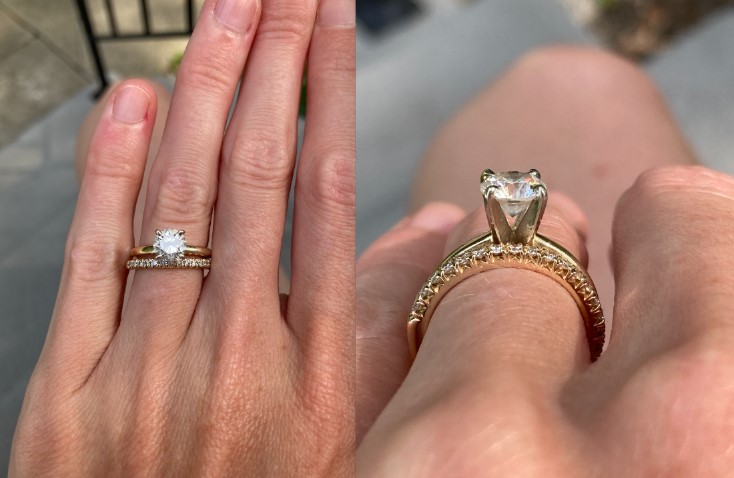
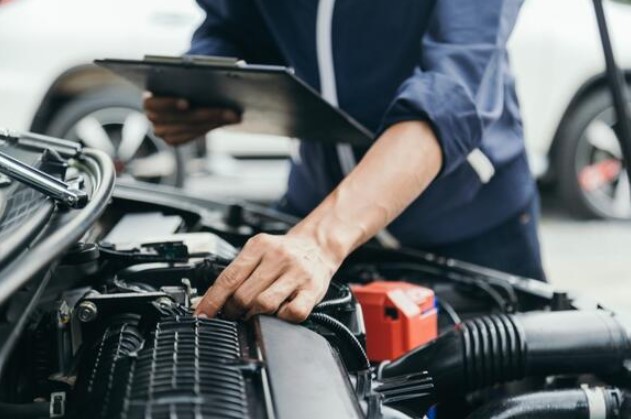
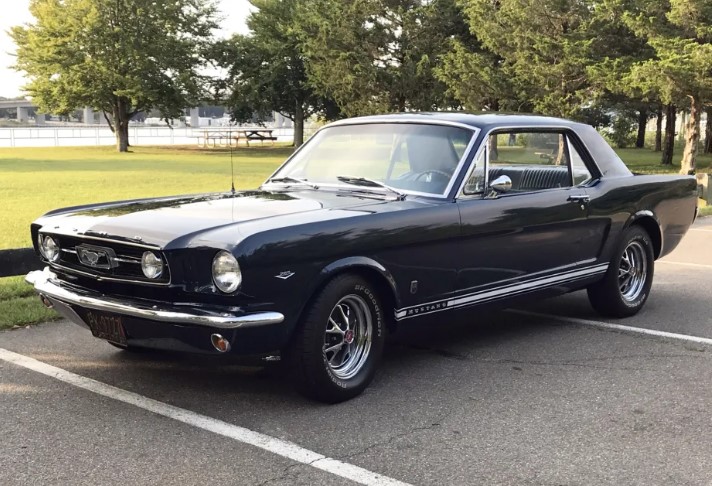

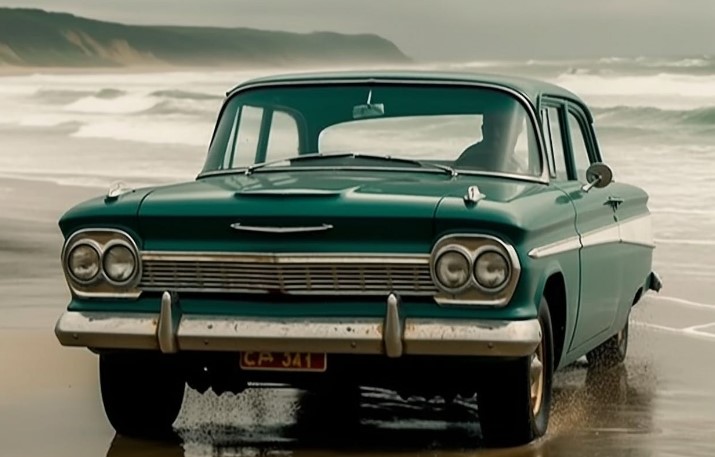
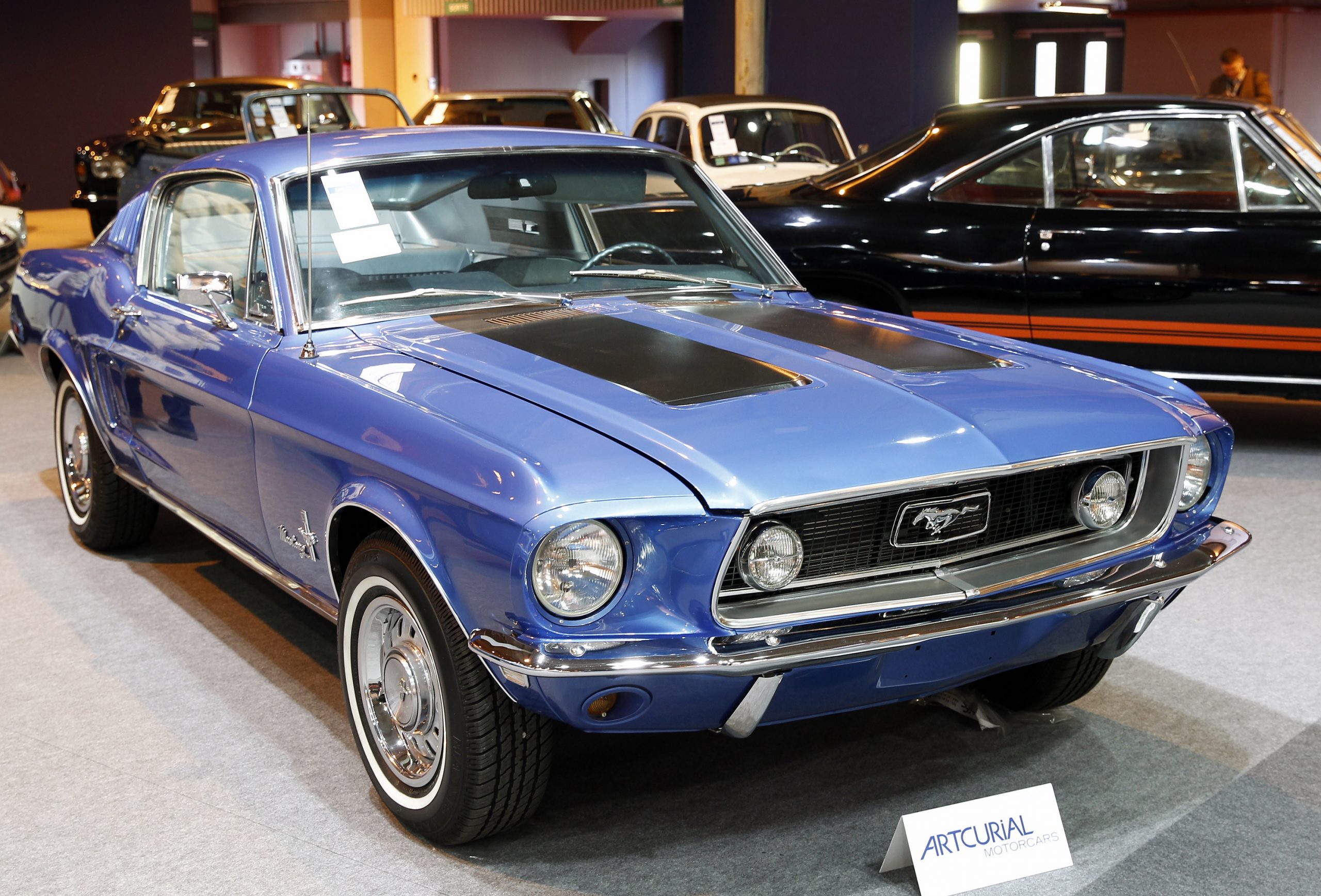
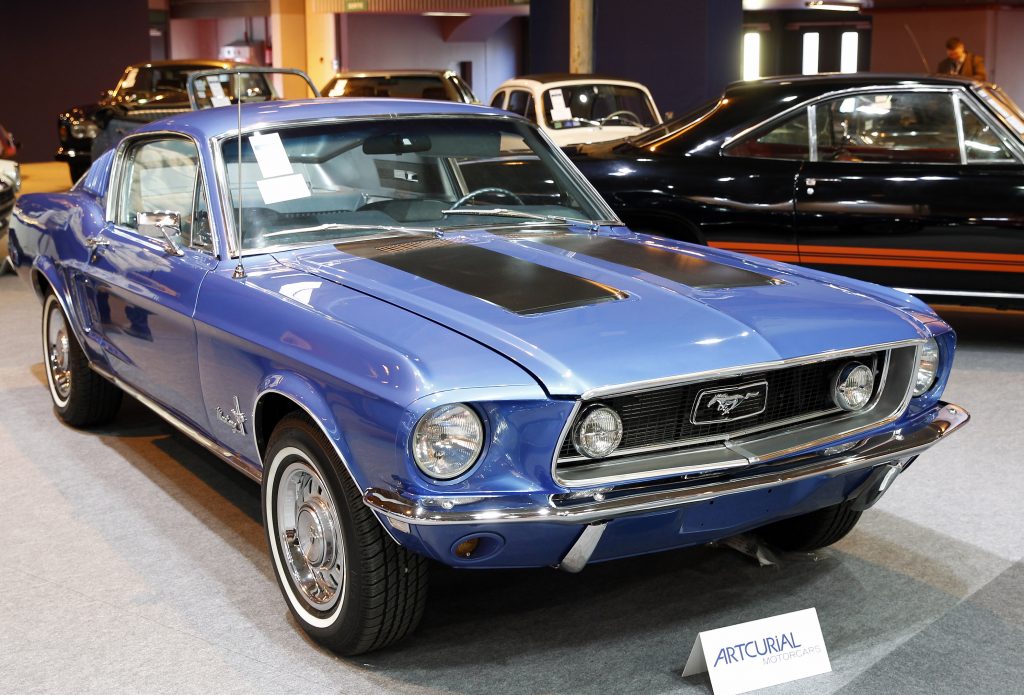
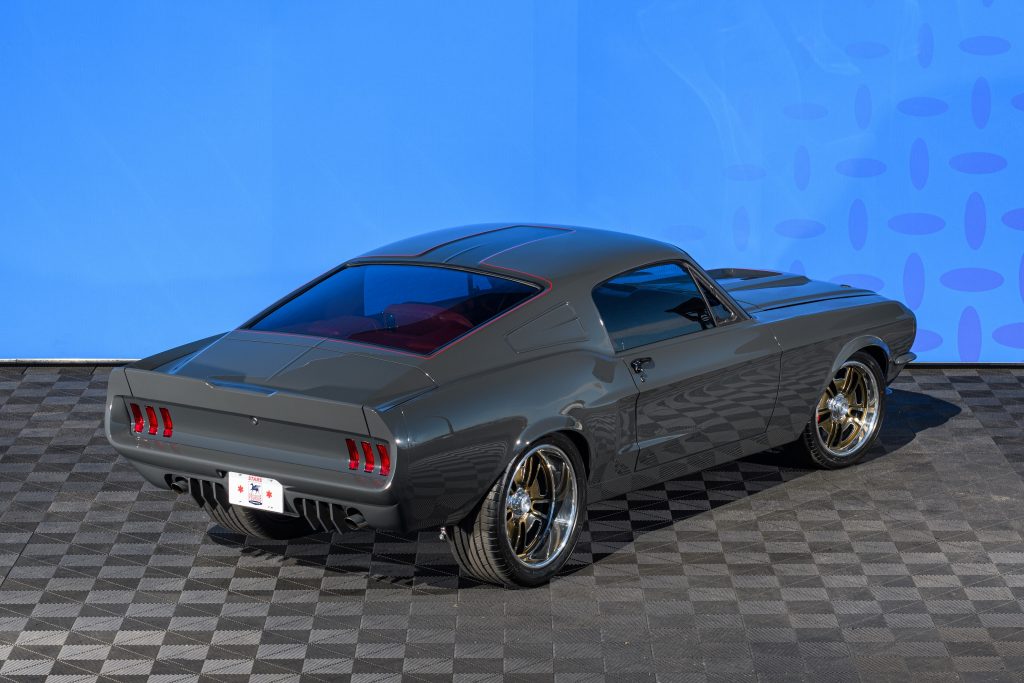
More Stories
Old Mustangs for Sale: Navigating the Allure of a Classic Ride
Vintage Mercedes: Unveiling Timeless Elegance and Engineering Mastery
Hemmings Classic Cars: Timeless Beauty on Four Wheels